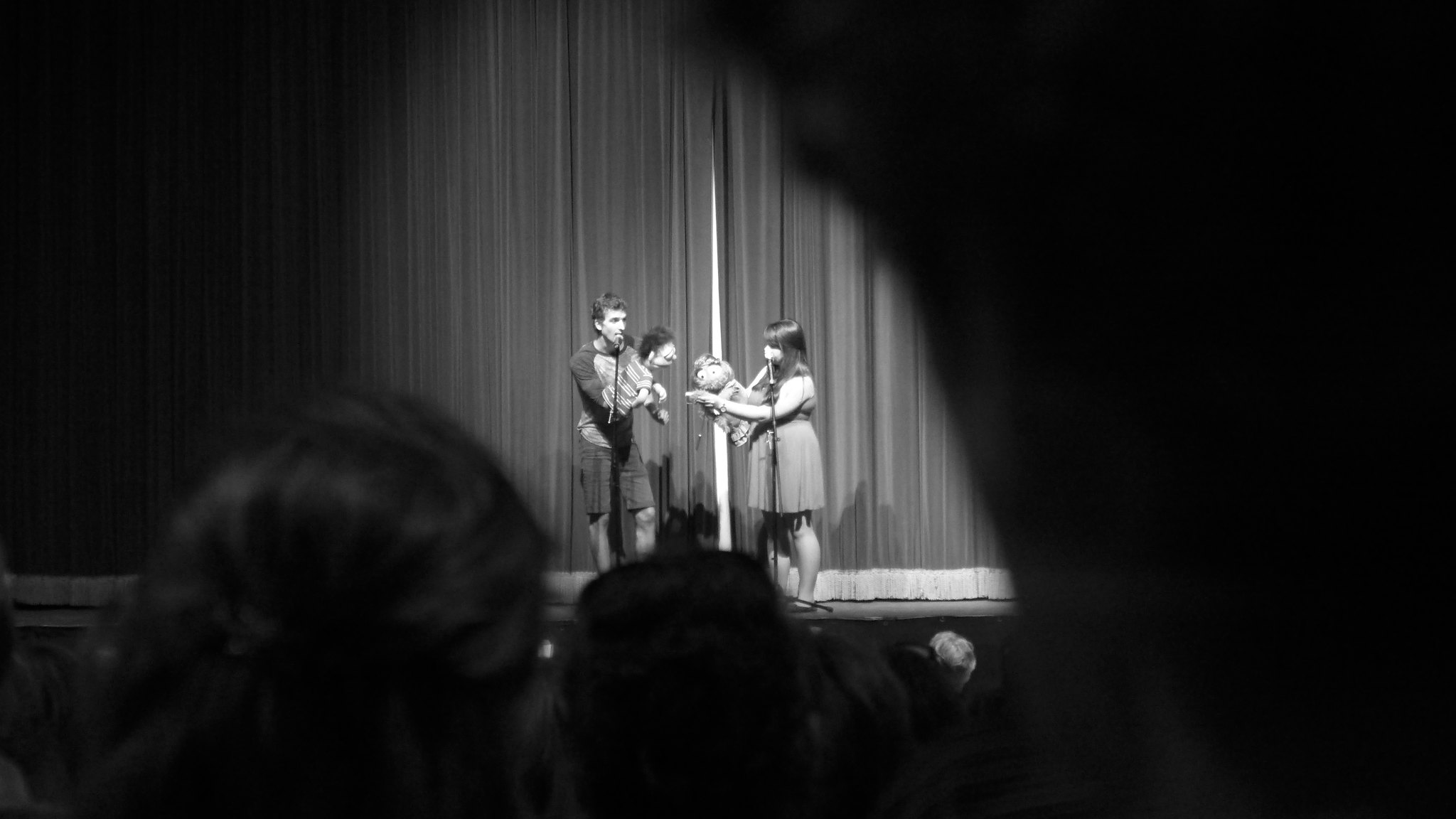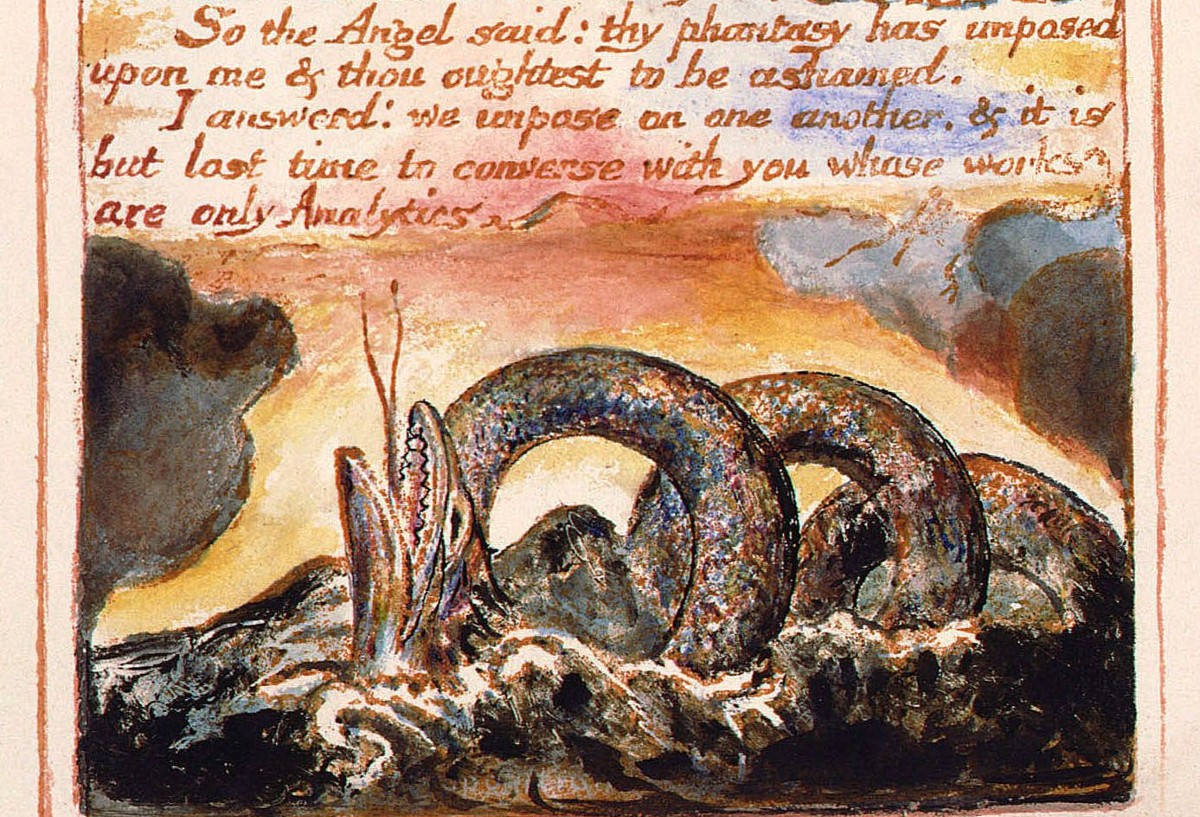
Psychotherapy has always struggled with love.
Freud’s concept of erotic transference was an attempt to understand and contain the eruption of love within a therapeutic relationship. The patient doesn’t love the therapist; she loves her father (for example), and transfers that feeling onto the therapist, who has the task of frustrating her attempts to eroticise the therapy. Meanwhile the therapist, also feeling love for the patient, is really feeling erotic counter-transference, the energy of the patient’s longing to be loved by her father flowing into the therapist and creating almost irresistible urges to jump into each other’s arms, or sail away together in a pea-green boat.
This narrative has not done much to prevent illicit romantic and sexual connections between therapists and their clients. These are – fortunately – much less common than even a generation ago, which may have more to do with larger changes in societal values than with psychotherapeutic professionalism.
The truth is that erotic transference was never that satisfactory a concept. While there is an important truth in the idea of erotic energy being transferred, the suggestion that the client doesn’t ‘really’ love the therapist, or vice versa, has never done much to lessen its intensity. The approach of many psychoanalysts, retreating into an impassive silence, serves only to deepen the power imbalance: the analyst holding all the power and intellect, while their patient stews in a seething mass of emotion. From the 1960s onwards, it gradually came to be recognised that the patient had been set up to fail. Humans in an intimate space together, sharing deeply personal feelings, would of course develop feelings of love. To compel the patient to hold the responsibility for that was unfair to them, and protective only of the therapist’s professional status.
We seem to be caught in a contradiction: either this is real love, or it isn’t. Yet neither option is satisfactory. We are not in the therapy room to fall in love. But fake feelings could never be powerful enough to displace or resolve the immense passions that stir the human heart. If I feel fear when I see a certain man who has a beard like someone who once assaulted me, realising that connection is usually enough to dissolve most of the fear. That’s transference; but what we call erotic transference is not so easily dismissed. We must face the uncomfortable truth that the love is real.
From the point of view of the individual ego, contradictions are unbearable and impossible. When we contemplate and hold a paradoxical awareness of love, by contrast, we are required to enter into a different sense of being, one that goes beyond the individual. And this is where things start to get weird. We long to collapse into hot passionate embrace, or alternatively to shut things down in cold rejection, and yet the therapeutic space requires us to stay in the paradox, in the mystery of love.
The uncomfortable truth is that our therapeutic boundaries around love are merely conventional, a fig leaf. We cannot honestly say that it could not be beneficial to the client to enter into a romantic relationship: perhaps it would, if handled skilfully. It could be argued (and has been) that the conventions of the professional relationship would be superseded by a higher principle of love. The only real reason not to pursue this would be if there were something even better than that, if the most delicious and erotic experience of all is indeed the transformation that occurs through not collapsing the paradox.
Early in my training, I had six sessions counselling a student in her late 20s, who had recently ended an unsatisfactory relationship with the father of her child. We quickly developed a connection, and from my side I quickly experienced attraction for her. Exploring this in supervision (it’s absolutely crucial to be able to do this openly with a supervisor) helped me to understand why I was feeling that way, in terms not only of the kind of woman I am attracted to, but also of her relational needs, loss of her partner, and unfulfilled longing for greater self-development and connection with a partner who would be able to match her in that.
Following our next session, I met up with my partner after the session and we took a walk in the park. Coming round a corner, I came across my client in an embrace with the man she was then dating, and there was a mutual shock of recognition.
In the session that followed this, I suggested we speak about our chance meeting, and since I felt she would be open to it I wondered about what it might mean as a synchronicity. She asked me what I meant by that, and I replied by asking if there were elements of our therapeutic relationship that her soul wanted to take out of the therapy room. There was then a pause of about two minutes while I watched her contemplate this in silence, face turned slightly away. I watched thoughts and emotions pass over her face – recognition that I knew she was feeling attraction to me, and that perhaps I also felt the same; understanding that it was OK for us to share that; and finally acceptance that she could take something from this.
The other aspect of the synchronicity, though we didn’t explore this, was the presence of both our current romantic partners. The slightly farcical meeting had been a humorous moment, one that exposed the fantasy that was present in the air as something that didn’t need to be realised. From my own perspective, as a fledgling counsellor, I read the synchronicity as helping me to have the experience I needed: that of an erotic moment in therapy that revealed itself to be therapeutic, rather than romantic. And for me, I discovered that the attraction for me of successfully steering a course through these tricky waters was far greater than starting some affair would have been. The experience was delightful in every way and, though brief, is one I still regard as one of my best pieces of work.
Perhaps the true difficulty in all of this is not one of psychotherapy, but in the nature of love itself.
For the egoic self living in its reality of waking consciousness, love is impossible. We want to love someone, yet as soon as we do realise that dream and possess them, the appetite wanes and someone else comes to seem more attractive. This is not a matter of selfish desire, but a genuine difficulty for the ego. It can’t reach what it wants, since its entire reality is predicated on its individual and separate nature. The pursuit of love by the ego often ends with dissatisfaction, suffering and harm. This can be the stimulus for a different approach. Although the ego can’t reach love, longing leads us into a quest for something deeper than the ego, a place where we can feel connected.
For many people, commitment to a single relationship becomes the way to develop maturity. Promoters of polyamory question whether love should be limited to just one person. It seems to make no sense to do so, and yet it is exactly because it is paradoxical to bind love in this way, that it may be useful to do so. The same could certainly be said of the therapeutic relationship. Carl Jung noted that in the transference, the therapist and patient were required to hold a number of opposites in tension, and that it was this that led to psychological growth.
A contract places a limit on the limitlessness of love. Without the relational contract, I can satisfy my desires. But when we put a boundary around the relationship, that puts the soul into paradox that it can’t resolve in its present state of consciousness. In a therapeutic relationship, where love is both real and unreal, the lover is caught in a state of ambivalent longing. The lover’s soul oscillates, sometimes painfully, between joy and suffering. In this liminal existence it will continue for as long as it takes.
The tradition of courtly love in Medieval Europe celebrated a constant longing for an ideal that could never be reached. The poems and songs of the time told of a knight in love with an unattainable lady love in her tower, and since the love is not attainable, what is being celebrated is the nobility of being in that state of longing. A similar concept of love seems to infuse the poetry of the Sufi mystics: that the noblest love cannot be satisfied. Perhaps love is best understood not as a desire for sex, romance, companionship or anything else, but as a longing that leads the soul through many dimensions of reality. Another inevitable literary comparison here is Dante’s Divine Comedy, in which the poet’s love for the unreachable Beatrice leads him through the Inferno, Purgatory and finally Heaven.
The implication of this is that if we can stay in the paradoxical ambivalence long enough, eventually a change occurs. If the situation is not allowed to change in a way that collapses the paradox, the soul (which as I’ve argued is amphibious and indeed Protean in its transformations) has to change its state once again. Through this change, the soul may reach a place in which it is content with the paradoxical nature of love, and finds satisfaction in perpetual, yet also blissful, longing. Bliss is finally experienced not through the satisfaction of appetite, but through the elevation of the soul.
This is a plausible enough description, and it seems to be supported by thousands of years of writing in the Western tradition about love and its relationship to spiritual growth. Yet I wonder if we might go a little further, and I will seek to do so in a future post.
(c) Weird Therapy 2023
Copyright © 2022 My Sunset by Bogdan Bendziukov.




